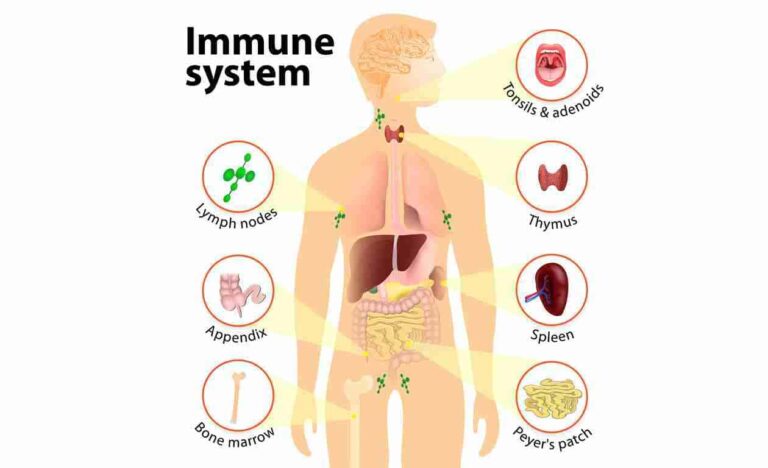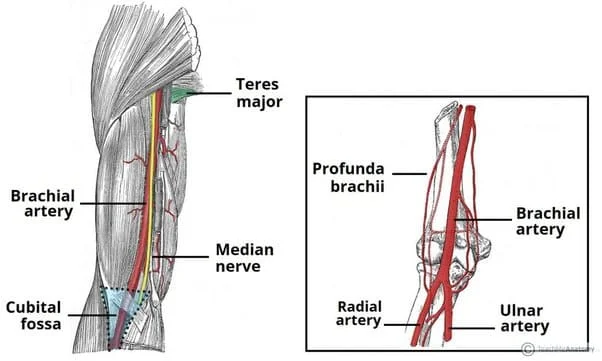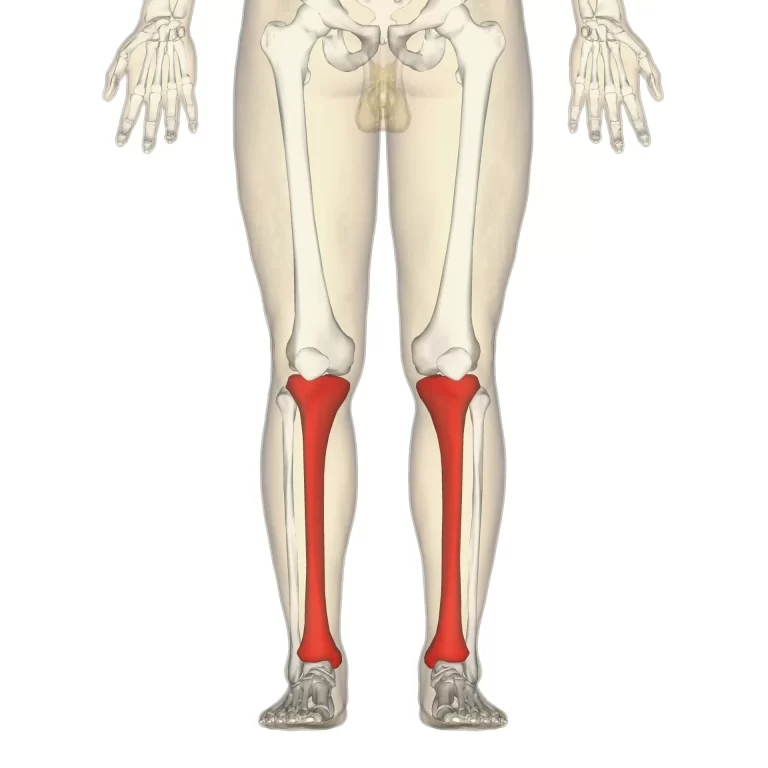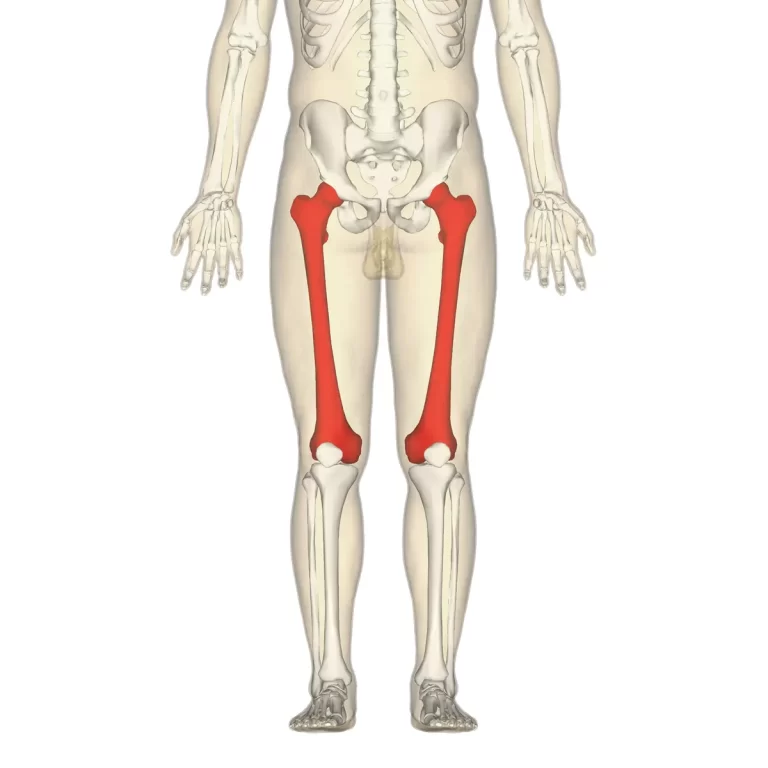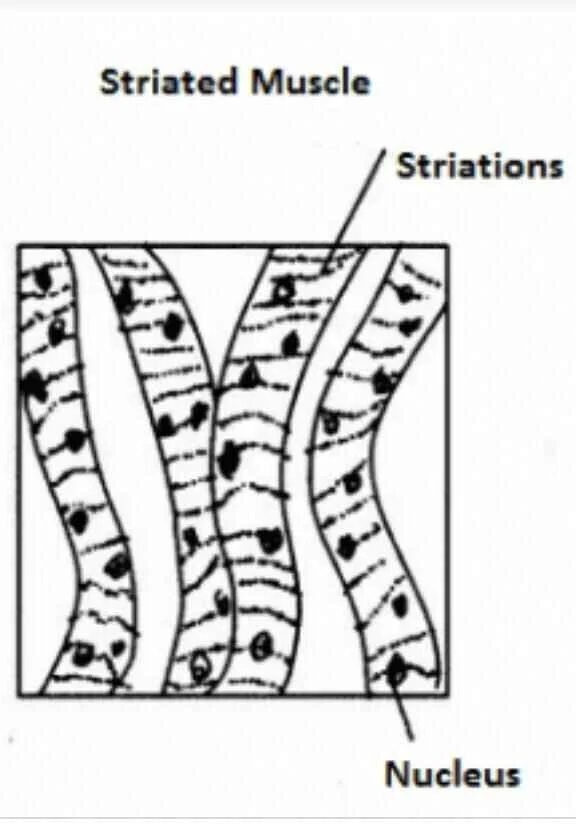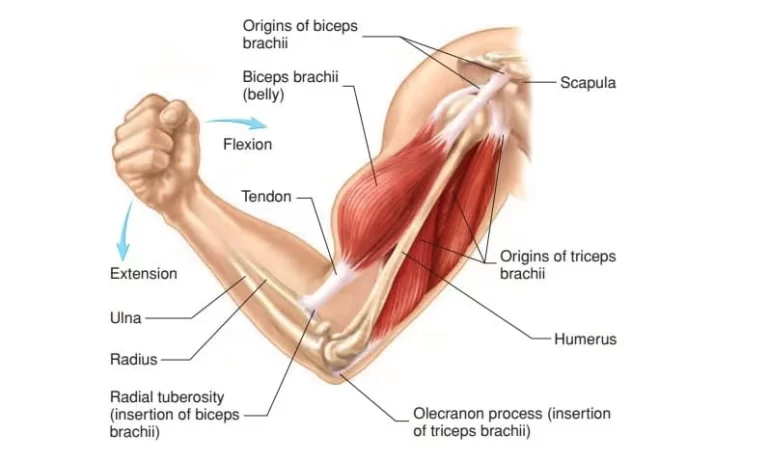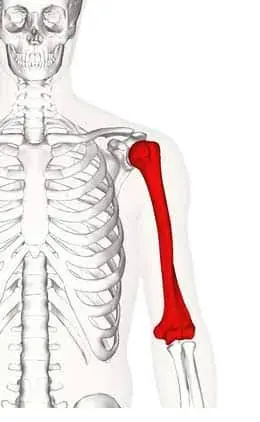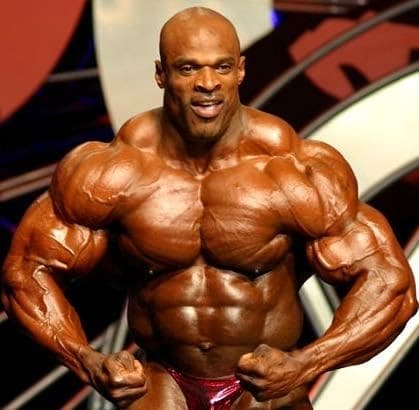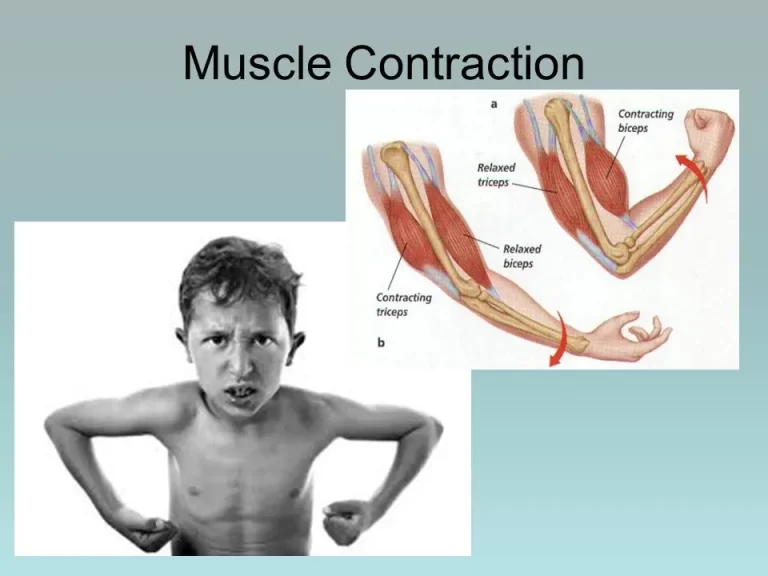Immune System
What is the Immune System? The immune system is a complex network of cells, tissues, and organs that work together to defend the body against harmful pathogens like bacteria, viruses, fungi, and parasites. Its primary function is to recognize and neutralize these foreign invaders to maintain the body’s health. This System is made up of…

